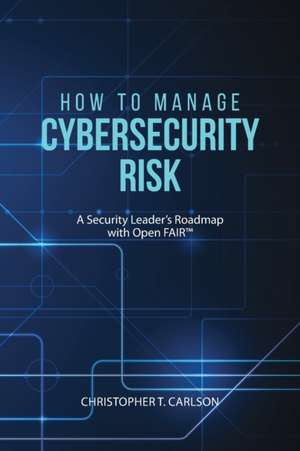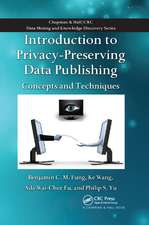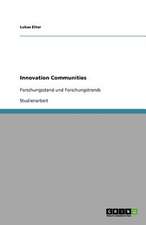How to Manage Cybersecurity Risk
Autor Christopher T. Carlsonen Limba Engleză Paperback – 15 noi 2019
Preț: 264.98 lei
Nou
Puncte Express: 397
Preț estimativ în valută:
50.71€ • 55.06$ • 42.60£
50.71€ • 55.06$ • 42.60£
Carte tipărită la comandă
Livrare economică 23 aprilie-07 mai
Preluare comenzi: 021 569.72.76
Specificații
ISBN-13: 9781627342766
ISBN-10: 1627342761
Pagini: 308
Dimensiuni: 156 x 234 x 17 mm
Greutate: 0.47 kg
Editura: Universal Publishers
ISBN-10: 1627342761
Pagini: 308
Dimensiuni: 156 x 234 x 17 mm
Greutate: 0.47 kg
Editura: Universal Publishers
Notă biografică
Christopher T. Carlson is a pioneer, having arrived in his first computing security assignment at the dawn of the field in 1982. He created or substantially evolved practices in his security assignments including classified computing security, computing security policy and controls, security awareness, business unit security support, security assessments, access administration including role-based access, risk analysis and management, application security development life cycle, and international security. The goal of this writing is to provide lessons from the field so that those who follow need not start from scratch.











